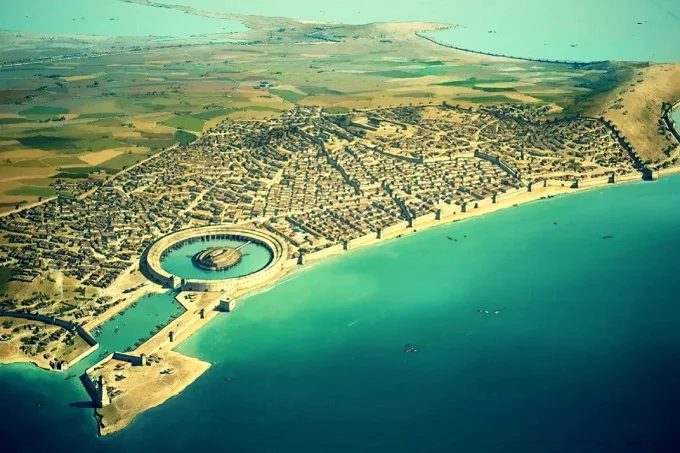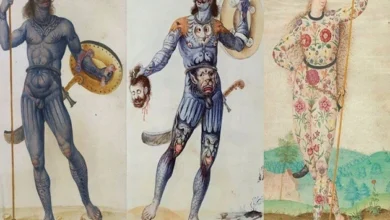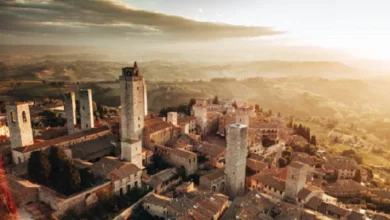Carthage is a city cursed by Rome! Interesting facts about Hannibal’s homeland

Carthage is the largest city in the Western Mediterranean. It was founded by colonists from the Phoenician city of Tyre in 814 BC. For centuries it was considered one of the greatest cities of Antiquity. So let’s begin! Let’s see what Carthage was famous for.
The city walls
Carthage had strong fortifications, which the Roman army could only cope with after a long siege. The city was surrounded by a triple wall with a length of 33 km. Its height was 15 meters, and its width – 9 meters. Every 60 meters, there were towers.
The city walls were used not only as a fortification. There were stables for 300 war elephants. There were also stables for 4,000 horses.
The city walls also housed military barracks for 20,000 to 25,000 soldiers. There were also forage storages.

The Port of Carthage
Carthage had two ports, one military and one commercial. They were complex engineering constructions. The round port was the main base for the navy.
In the center was a platform with a watchtower. There were also several dozen dry docks, 30 to 50 meters long. They were also situated on the perimeter of the port. There were about 150 dry docks in Carthage military port. More than 200 warships could be based.
The second, rectangular port was used as a base for merchant ships. It was connected to the round military port by a canal. It had many dry docks for ships, and warehouses for storing goods. It could hold several hundred merchant ships.
The Gardens of Carthage
The gardens of Carthage were striking in their lushness and beauty. Most of the gardens and vineyards were located in Megara, a city suburb protected by strong walls.
On the numerous farms in the suburbs was grown and the main part of the horticultural crops, supplementing the daily ration of the city dwellers.
The water supply of Carthage
Carthage had an excellent water supply. There were a lot of wells in the city. Drinking water was also accumulated in special reservoirs that were located under houses, halls for guests, and central courtyards. Their inner lining was made on the basis of ashes. To prevent the evaporation of water, the tanks were covered with lids.
Water was supplied not only to the houses of the city’s nobility, but also to the multi-storey houses of ordinary residents. Many buildings had baths and pools, which were centrally supplied.
There was also a sewage system in Carthage. Wastewater was collected in deep sumps located under the city streets. Sewage was diverted outside the city with the help of ditches lined with stones.
Carthage was a mighty city that controlled most of the Mediterranean trade. But defeated in the Punic Wars, the city was taken by storm by the Romans. This put an end to Carthage’s greatness.
To get the latest stories, install our app here.




